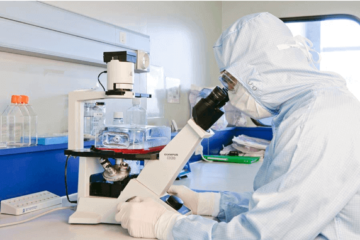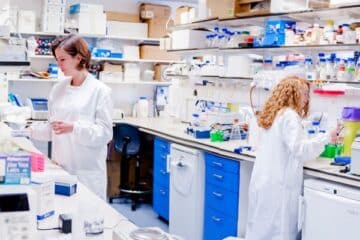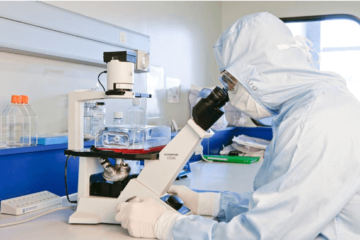Infection-Based Chronic Kidney Disease Stem Cell Therapy Insights
Stem cell therapy offers promising avenues for treating infection-based chronic kidney disease. By harnessing the regenerative potential of stem cells, researchers aim to restore kidney function and prevent disease progression. This article explores the latest insights into stem cell-based approaches, discussing their mechanisms of action, preclinical findings, and potential clinical applications.












